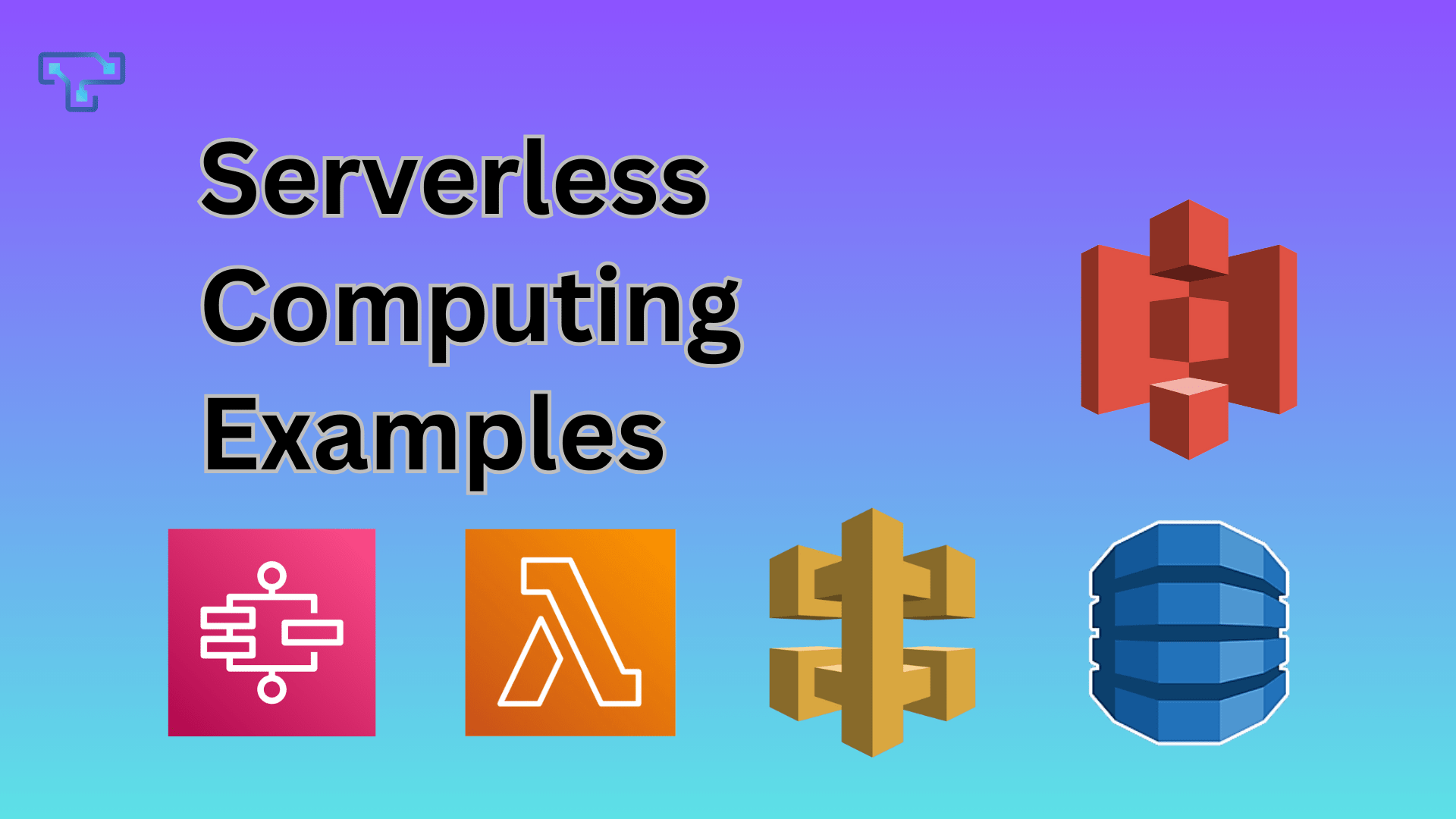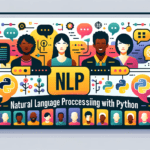Serverless computing is revolutionizing how developers build and run applications, allowing them to focus on writing high-quality code without worrying about server management. In this blog, we’ll dive into some of the most popular serverless computing platforms available today.
What is Serverless Computing?
Before we jump into the examples, let’s quickly recap what serverless computing is. Serverless computing, also known as Functions as a Service (FaaS), is a cloud-native development model that allows developers to run applications without managing servers. You only pay for the execution time of your code, making it an efficient and cost-effective solution for various applications.
Popular Serverless Computing Examples
1. AWS Lambda
AWS Lambda is a leading serverless platform provided by Amazon Web Services. It lets you run code in response to events, such as changes to data in an Amazon S3 bucket, updates to a DynamoDB table, or HTTP requests via Amazon API Gateway.
- Key Features:
- Supports multiple languages: Node.js, Python, Ruby, Java, Go, .NET Core, and more.
- Automatic scaling based on the number of requests.
- Integrates with a wide array of AWS services.
- Pay only for the compute time you use, with millisecond granularity.
2. Google Cloud Functions
Google Cloud Functions is Google’s serverless computing solution, designed to execute functions in response to events. It’s a lightweight, event-driven compute service that allows you to run your code without provisioning or managing servers.
- Key Features:
- Supports JavaScript (Node.js), Python, and Go.
- Easily integrates with other Google Cloud services.
- Automatic scaling and built-in monitoring with Stackdriver.
- Pay-as-you-go pricing based on function invocations, compute time, and memory usage.
3. Microsoft Azure Functions
Microsoft Azure Functions is a versatile serverless computing service that lets you run small pieces of code, or “functions,” without managing the infrastructure. It supports a variety of programming languages and can trigger functions based on various events.
- Key Features:
- Supports C#, JavaScript, F#, Python, Java, PowerShell, and TypeScript.
- Integration with other Azure services and on-premises systems.
- Built-in DevOps capabilities with Visual Studio integration.
- Consumption-based pricing model.
4. IBM Cloud Code Engine
IBM Cloud Code Engine is a fully managed serverless platform that can run your containerized workloads, batch jobs, or function code. It provides a seamless experience for deploying and managing serverless applications.
- Key Features:
- Supports any language and framework that can run in a container.
- Fully managed Kubernetes under the hood.
- Automatic scaling, including scale to zero.
- Pricing based on the number of vCPU seconds, memory seconds, and networking resources consumed.
Benefits of Using Serverless Computing
- Cost Efficiency: Only pay for what you use, reducing costs significantly for workloads with variable or unpredictable usage patterns.
- Scalability: Automatically scales up or down based on demand, ensuring your application can handle any level of traffic.
- Developer Productivity: Allows developers to focus on writing code rather than managing servers and infrastructure.
- Quick Deployment: Speeds up the deployment process, enabling faster time-to-market for your applications.
Conclusion
Serverless computing is an innovative approach that frees developers from the complexities of server management. Platforms like AWS Lambda, Google Cloud Functions, Microsoft Azure Functions, and IBM Cloud Code Engine offer powerful tools to build and run applications efficiently and cost-effectively. By leveraging these serverless solutions, developers can dedicate more time to creating high-quality code and less time on operational tasks.




